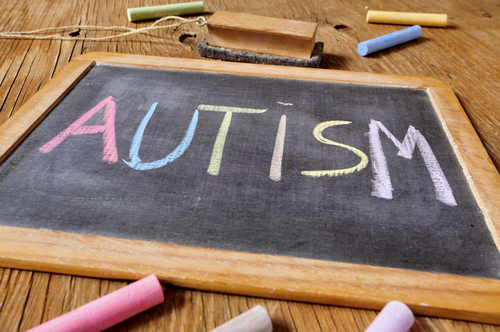
Photo: Shutterstock
Autism spectrum disorder (ASD) is a condition that affects social interaction, communication, interests and behaviour. It includes Asperger syndrome and childhood autism.
Even though scientists are still trying to decipher the workings of autism spectrum disorders (ASD), there is one aspect that seems to be quite apparent: ASD affects male children more frequently than it does females.
According to an article published in the National Institutes of Health, for every four boys who are diagnosed with ASD, one girl is said to have the condition. In the case of high-functioning ASD individuals, the difference in ratio is substantially more – at 7:1.
BBC reports suggest that females tend to have a natural protection against neurodevelopment disorders like autism. The chances of developing ASD are raised by some gene mutations, which can be inherited and spontaneous.
These mutations include large amounts of missing or duplicated DNA. David G. Amaral, PhD, research director of the MIND Institute at UC Davis, explains, “You’d have to have, say, 10 mutations to get a diagnosis of autism in a boy, but if you looked at a girl with autism, you never find 10 mutations — you find 20. For a girl who had 10 genetic mutations, that wouldn’t be enough for her to get a diagnosis of autism. For some reason, she can deal with that. This has now been found over and over again.”
“Not only can girls adapt to a greater genetic hit, but also their symptoms seem to be different,” notes Amaral. “With autism, you have two impairments, in social communication and repetitive behaviour. Girls have far less of repetitive behaviour even when they have a diagnosis of autism. Girls may be, in part, flying under the radar because they’re not showing one of the two [classic] features of autism.”
“Females are better at dealing with these severe mutations and males are more at risk of having them result in disease,” study author and human geneticist Evan Eichler, PhD, told FoxNews.
The reasons behind this phenomenon are still unclear; though Eichler theorizes that the presence of two X chromosomes in females could lead to one playing the role of “backup” in case of the other being damaged.
He says, “When you look at the X chromosome, there are 1,500 genes and five per cent are important to brain development. Imagine you’re a male, any mutation that even makes the protein produced a little weaker or less efficient, now you’re stuck with that. The female, because she has two X chromosomes, chances are if she has a defective mutation on one of those genes, she can compensate because she has one from the other parent.”
The higher levels of certain hormones, such as oxytocin, in girls could also play a role. “Oxytocin is a social hormone, so that would be protective,” Marjorie Solomon, associate professor of clinical psychiatry at the MIND Institute at UC Davis told Time Magazine.
Researchers now feel that investigations should focus more on diagnosing and treating females with autism. As the majority of diagnosed ASD patients are boys, most of the research and treatment is male-centered. More focus needs to be put on how to specifically treat and help female patients.
Please like FamiLife’s page on Facebook so that you get all our articles and others may find us.
